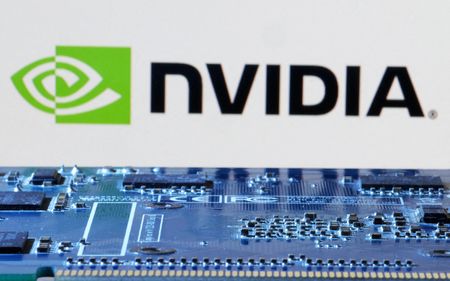By Stephen Nellis
(Reuters) – Intel and Advanced Micro Devices on Tuesday said they are forming a group to help make sure software works across their chips, responding to a rising challenge from Arm Holdings.
Intel invented what is known as the x86 computing architecture, a technology that for 40 years has powered the world’s laptops, PCs and data center servers. AMD licenses the technology from Intel and also makes chips using x86, competing directly against Intel under a longstanding legal settlement.
But the market share of both firms has been eroded by Arm, which licenses a competing architecture for computing to laptop chip designers such as Apple and Qualcomm, as well as to firms like Amazon, Microsoft and Alphabet that use it in data centers. Part of Arm’s successful rise stems from rules in its contracts that all Arm chips be able to run all Arm software, regardless of who made the chip.
By contrast, Intel and AMD use the same underlying x86 technology in their chips, but software sometimes must be tweaked to work across their offerings. On Tuesday, the two companies said they were forming an “advisory group” to change that, with Broadcom, Dell Technologies, Lenovo Group and Oracle, among others, joining as founding members.
“We are excited to bring the industry together to providedirection on future architectural enhancements and extend the incredible success of x86 for decades to come,” Lisa Su, AMD’s chief executive, said in a statement.
(Reporting by Stephen Nellis in San Francisco; Editing by Matthew Lewis)




